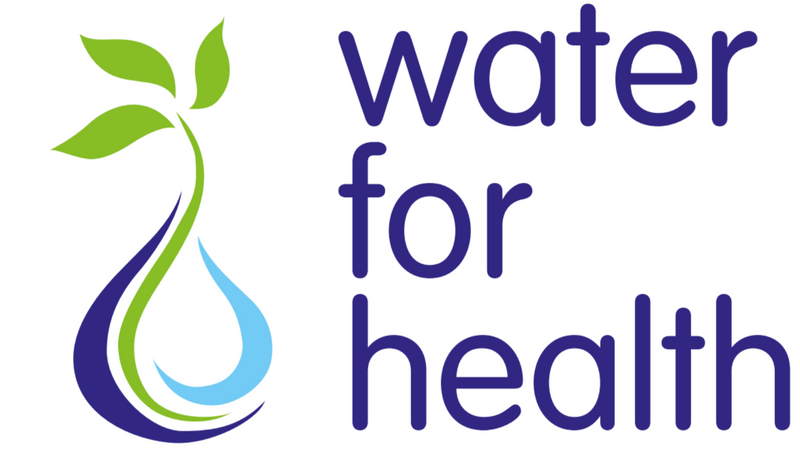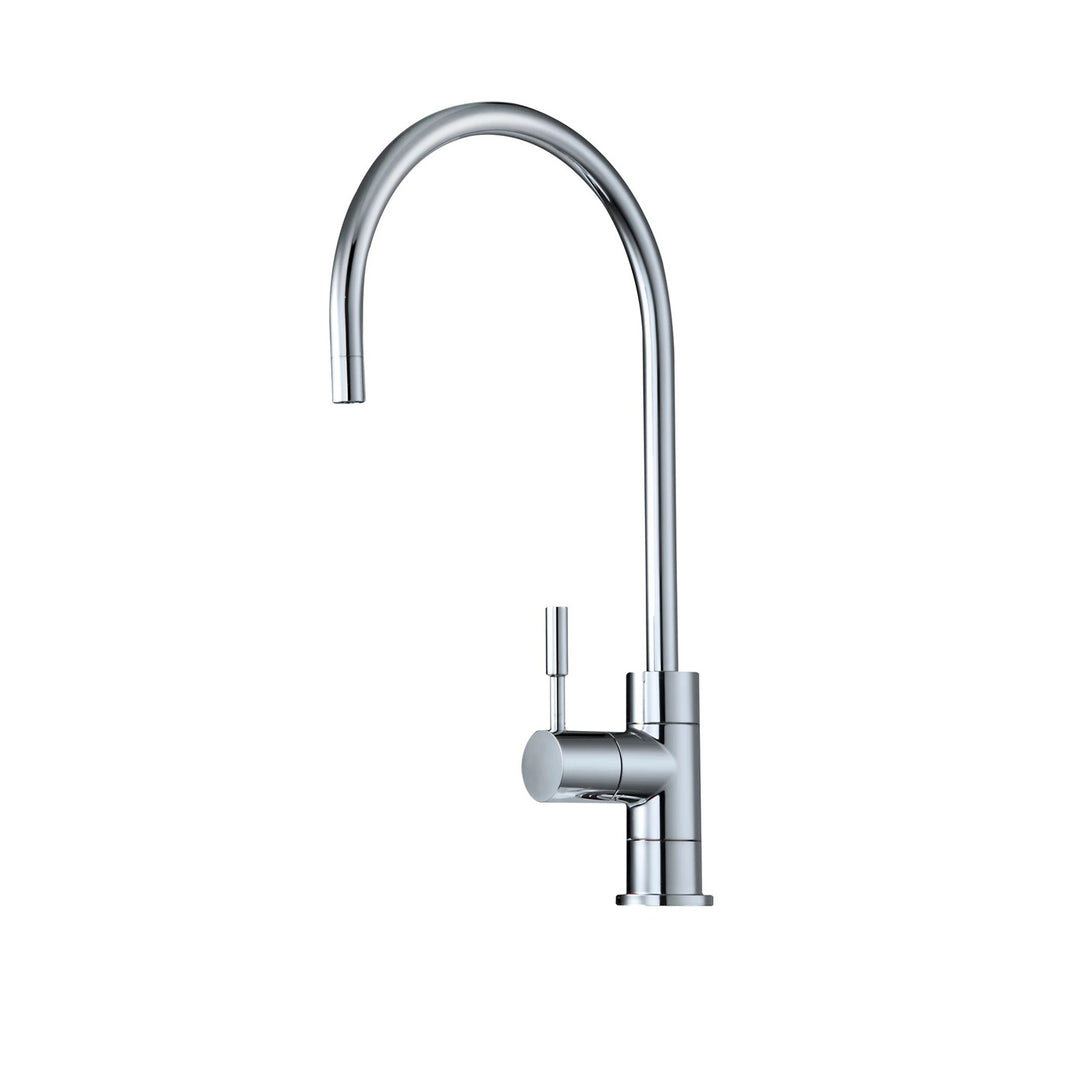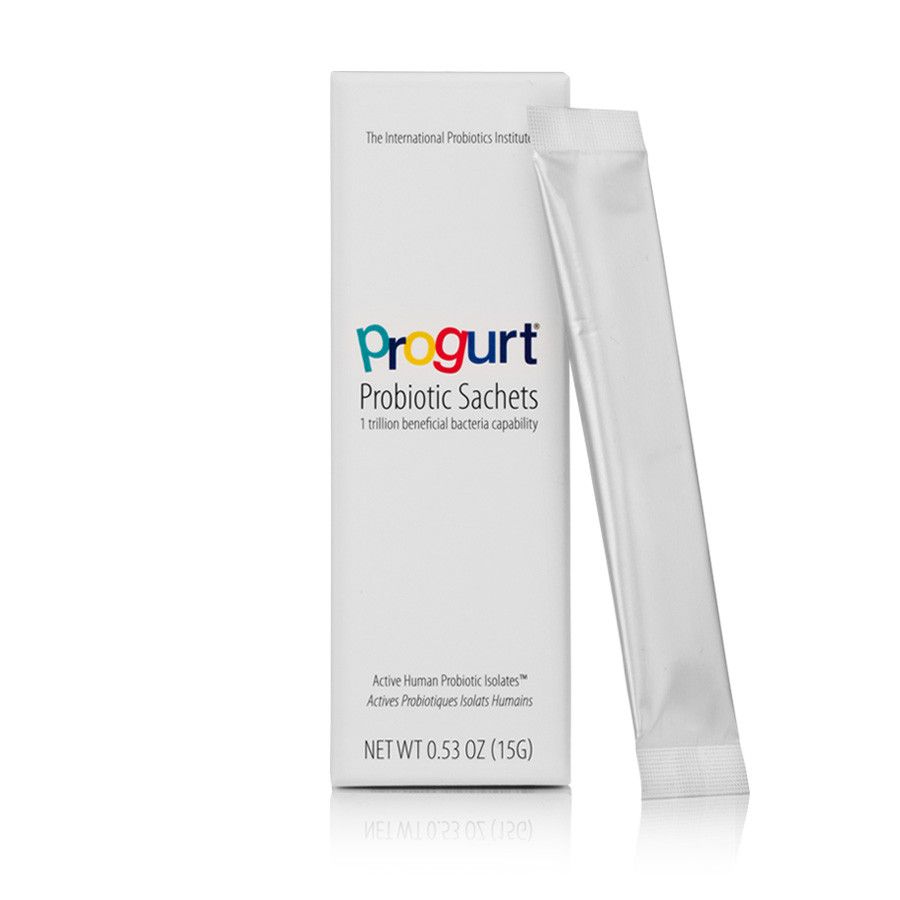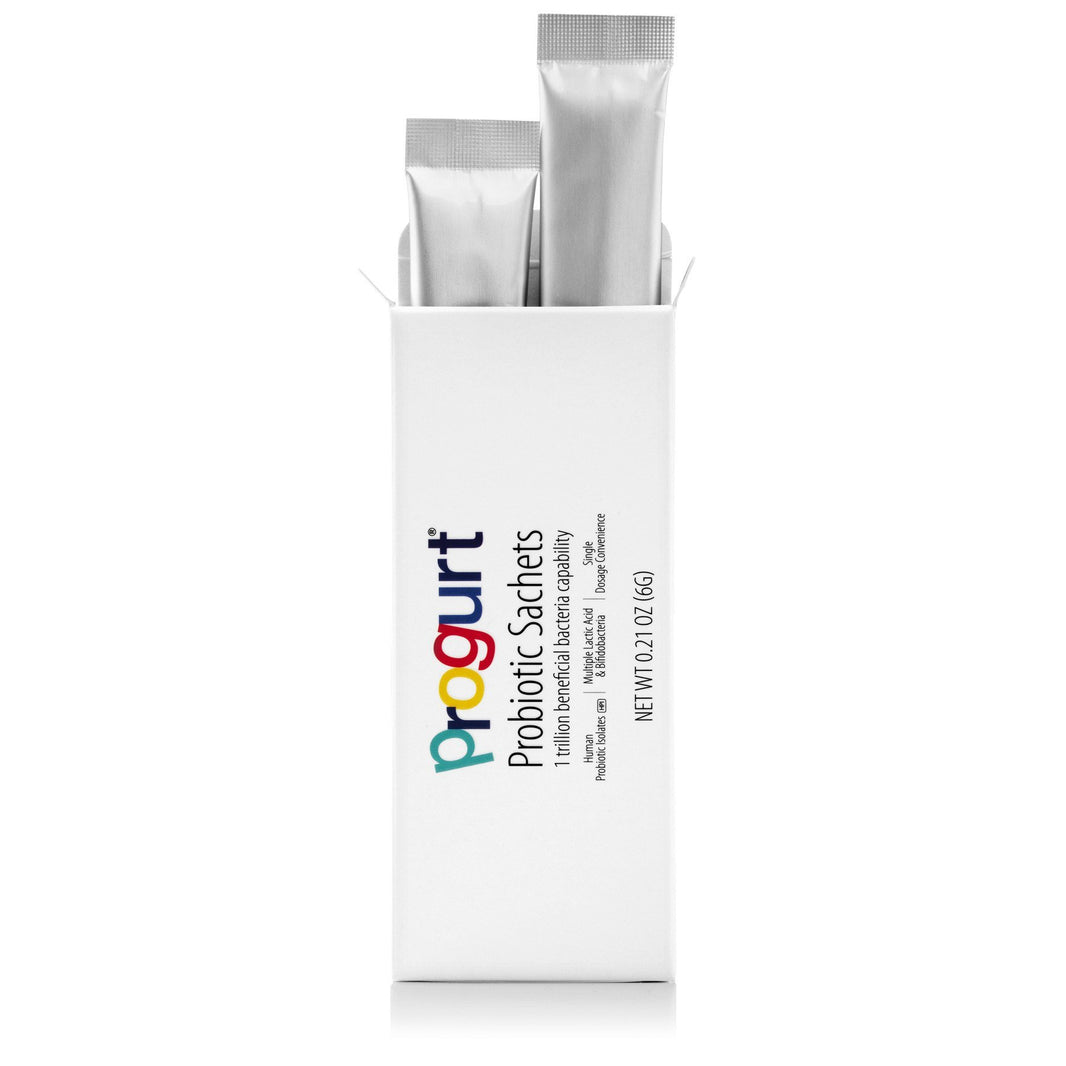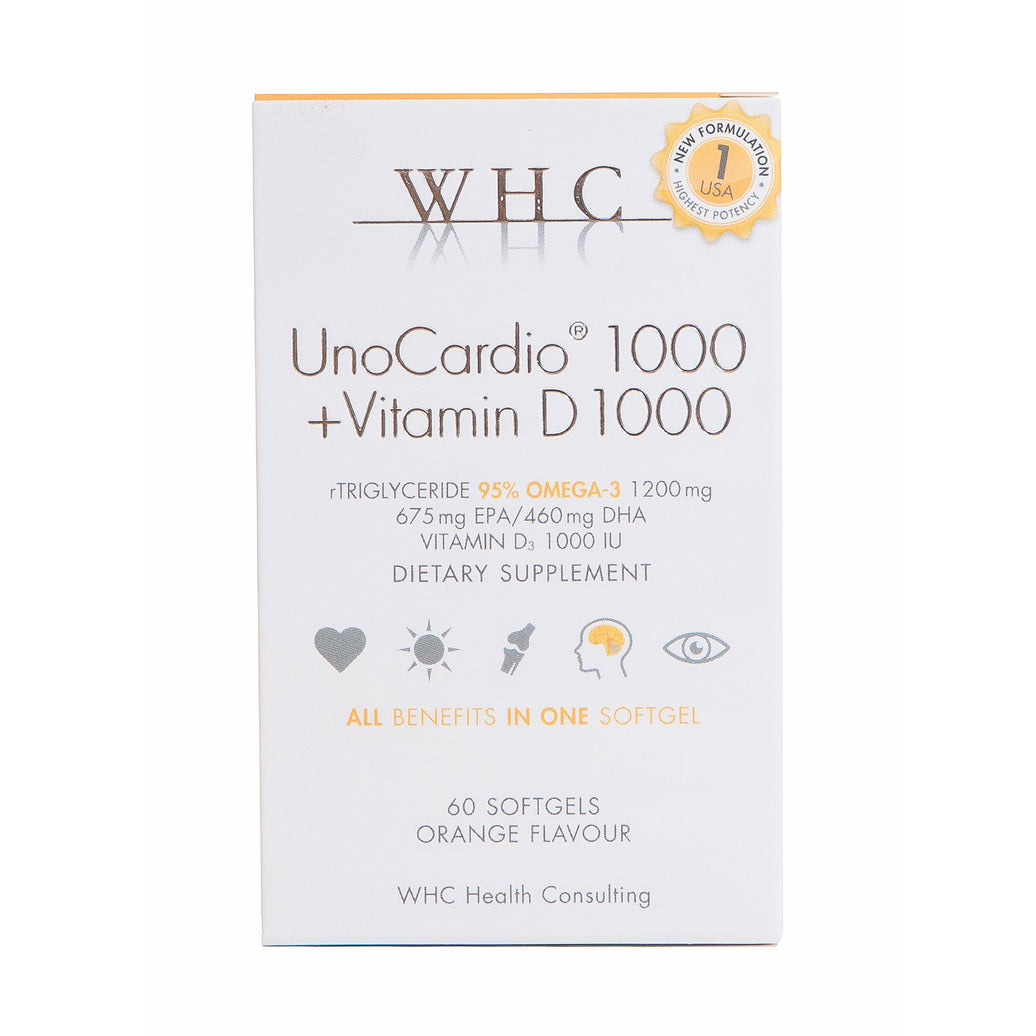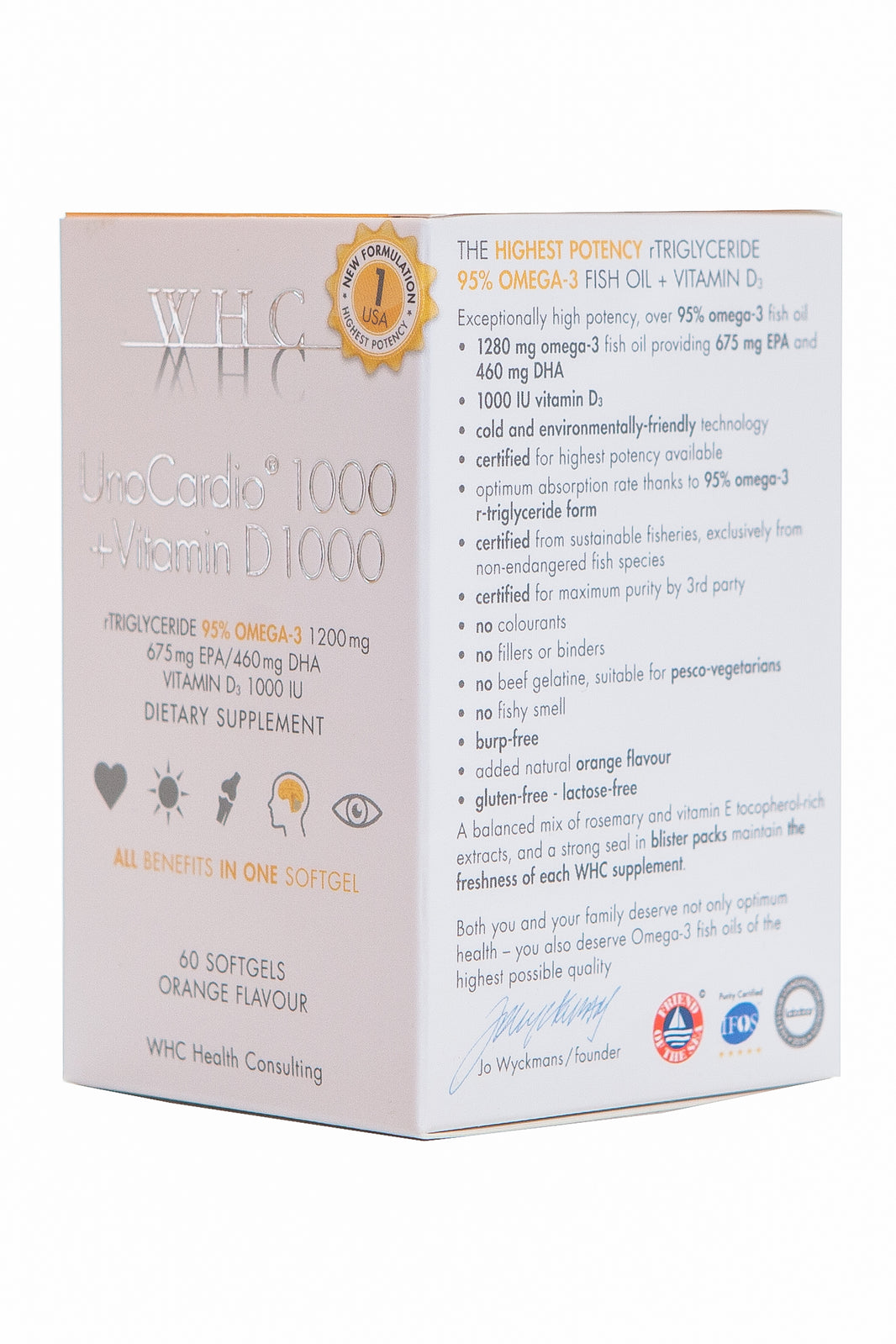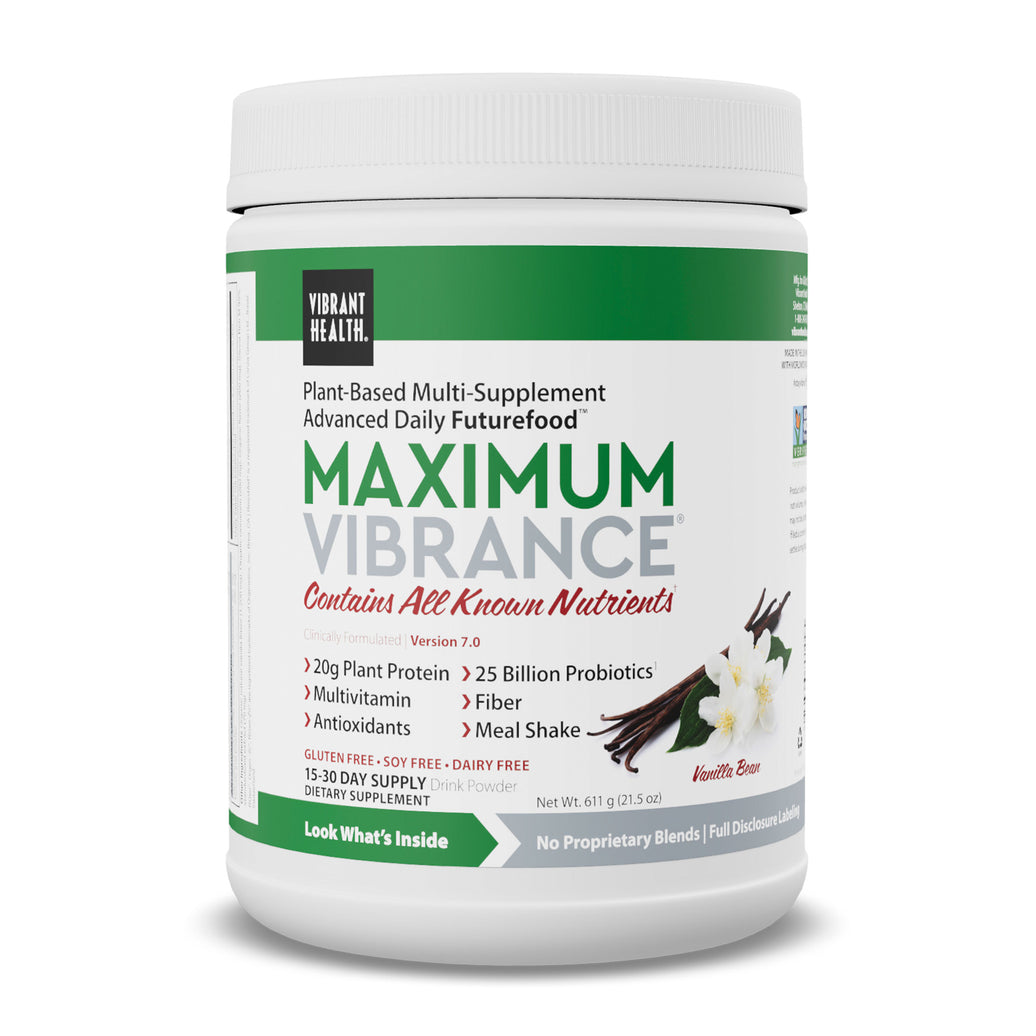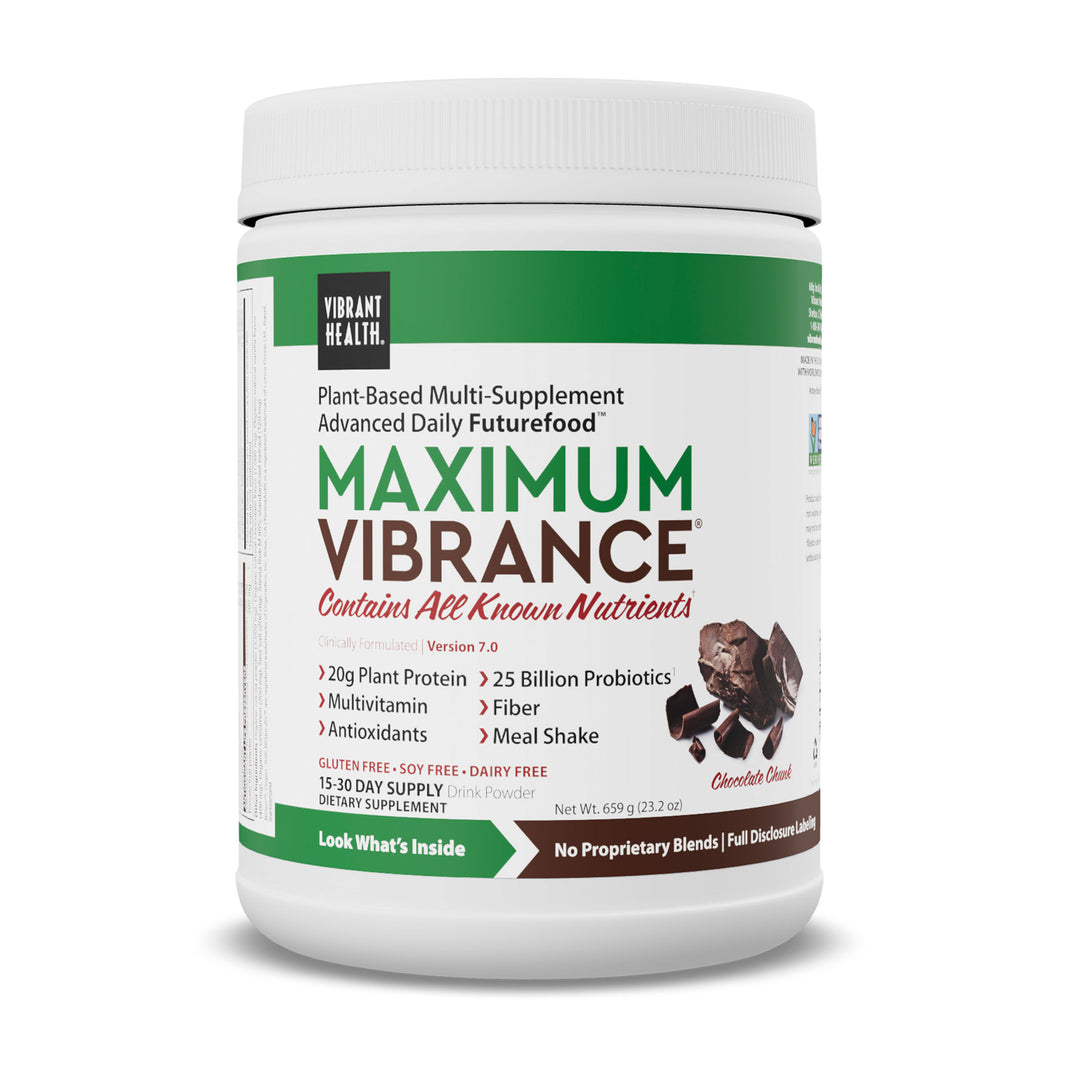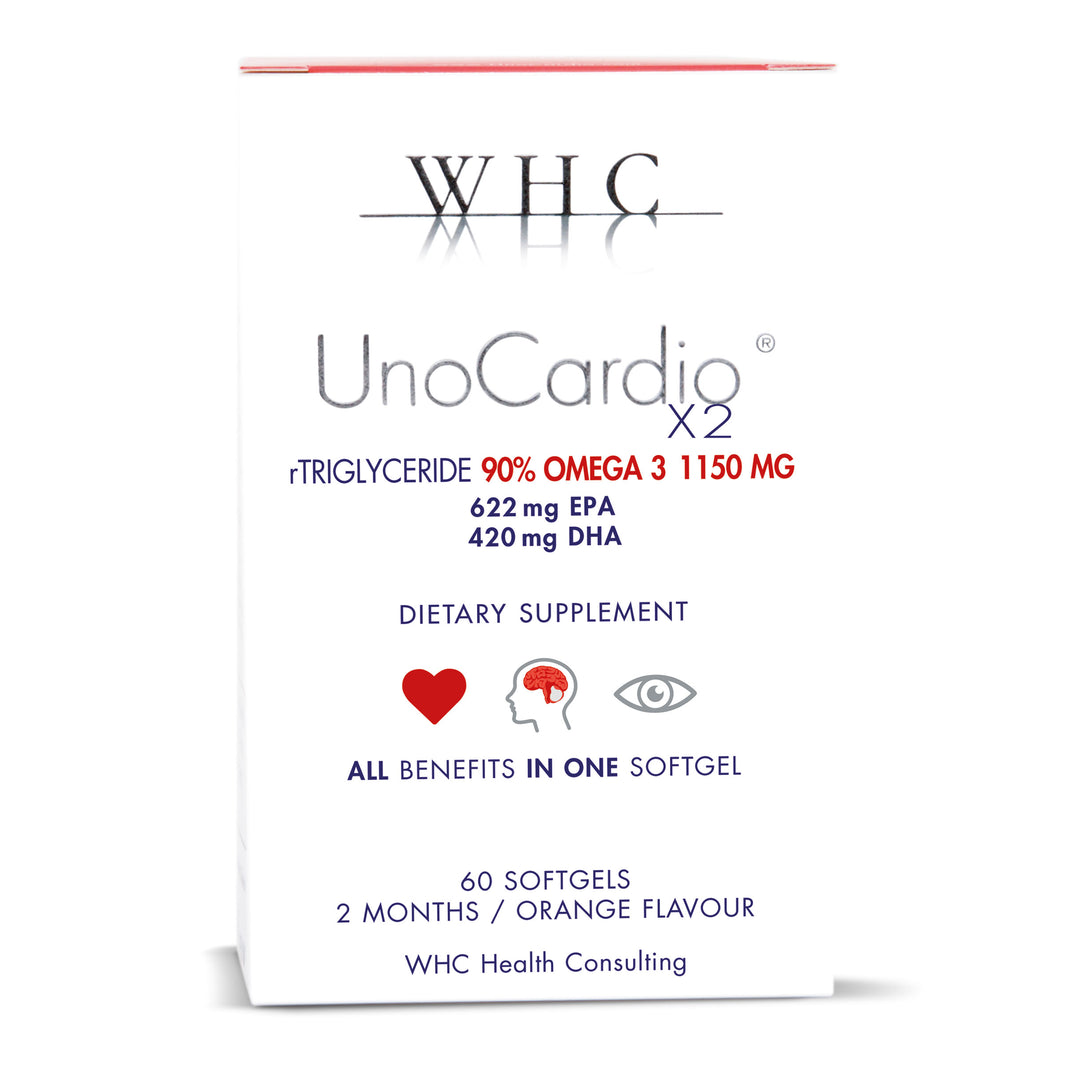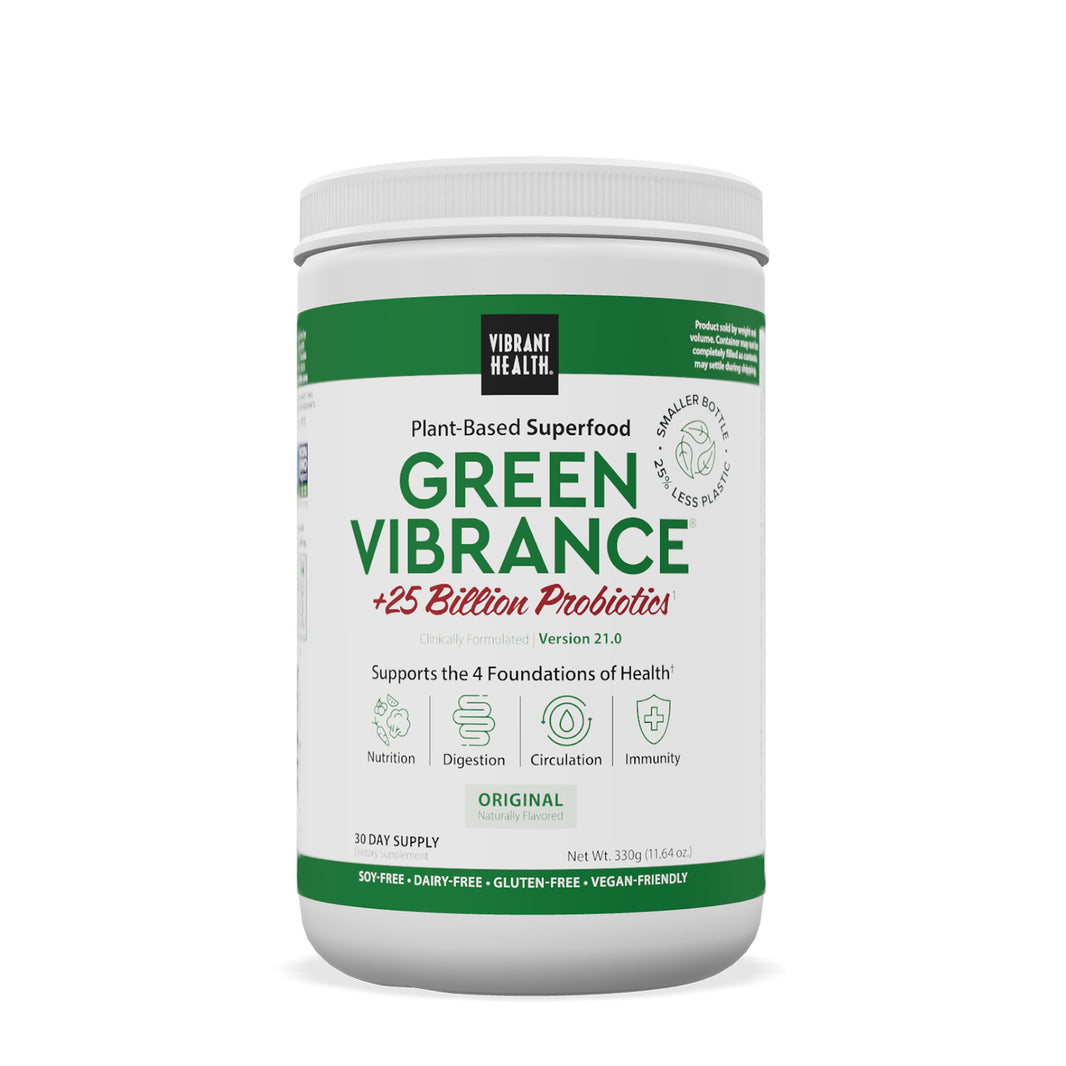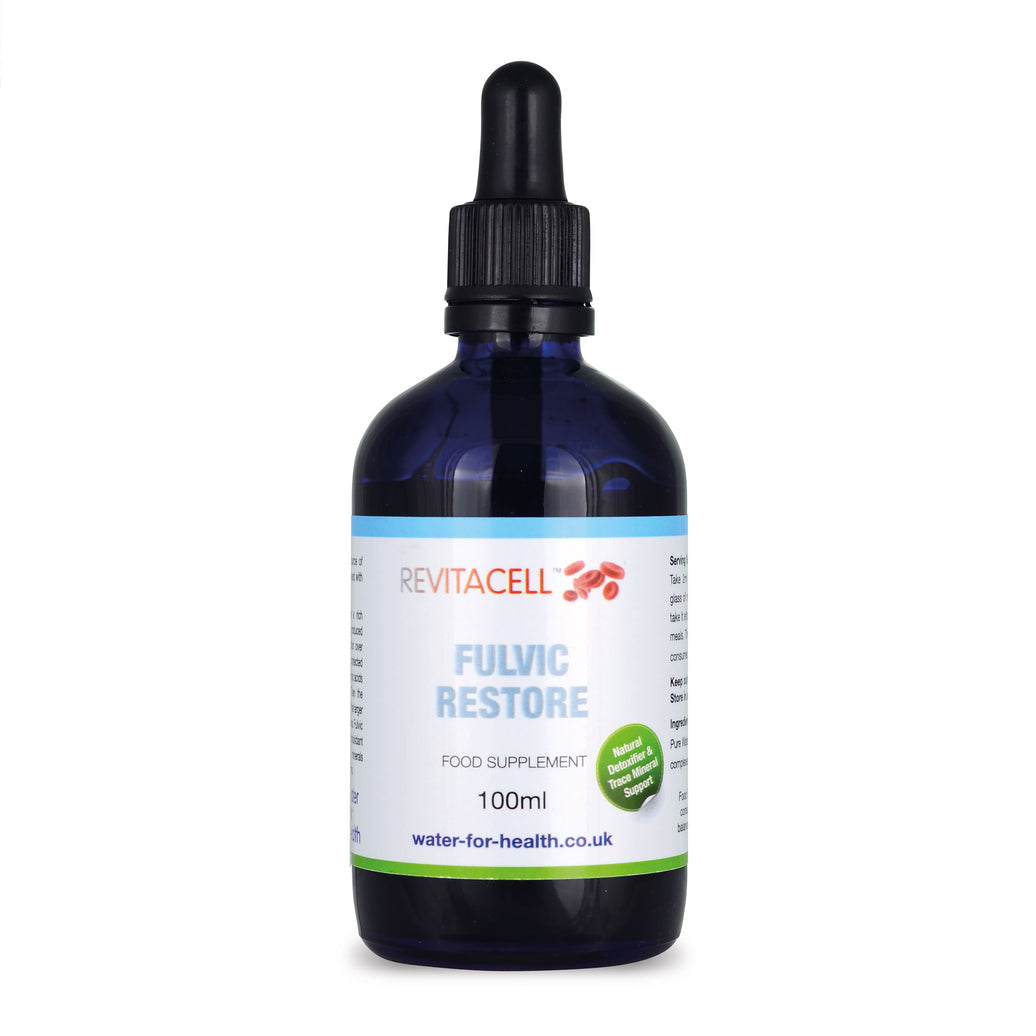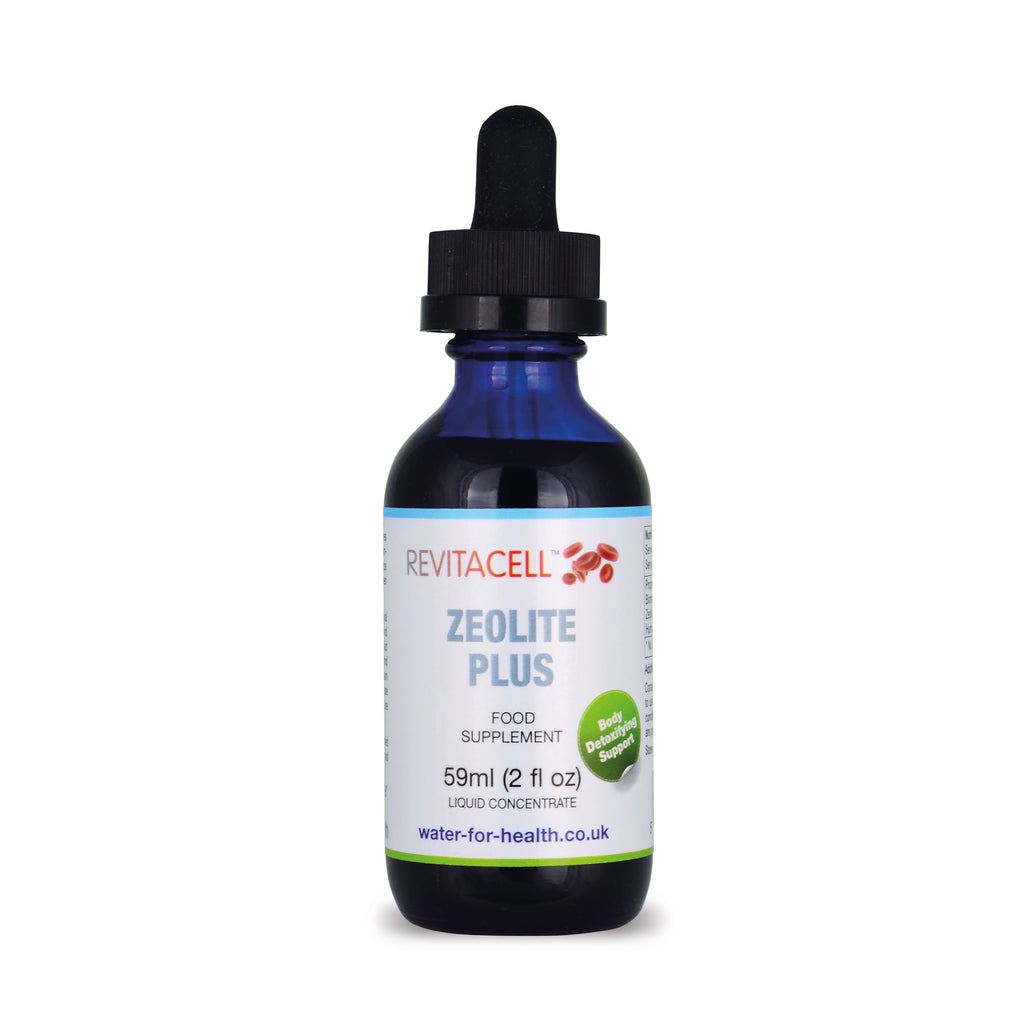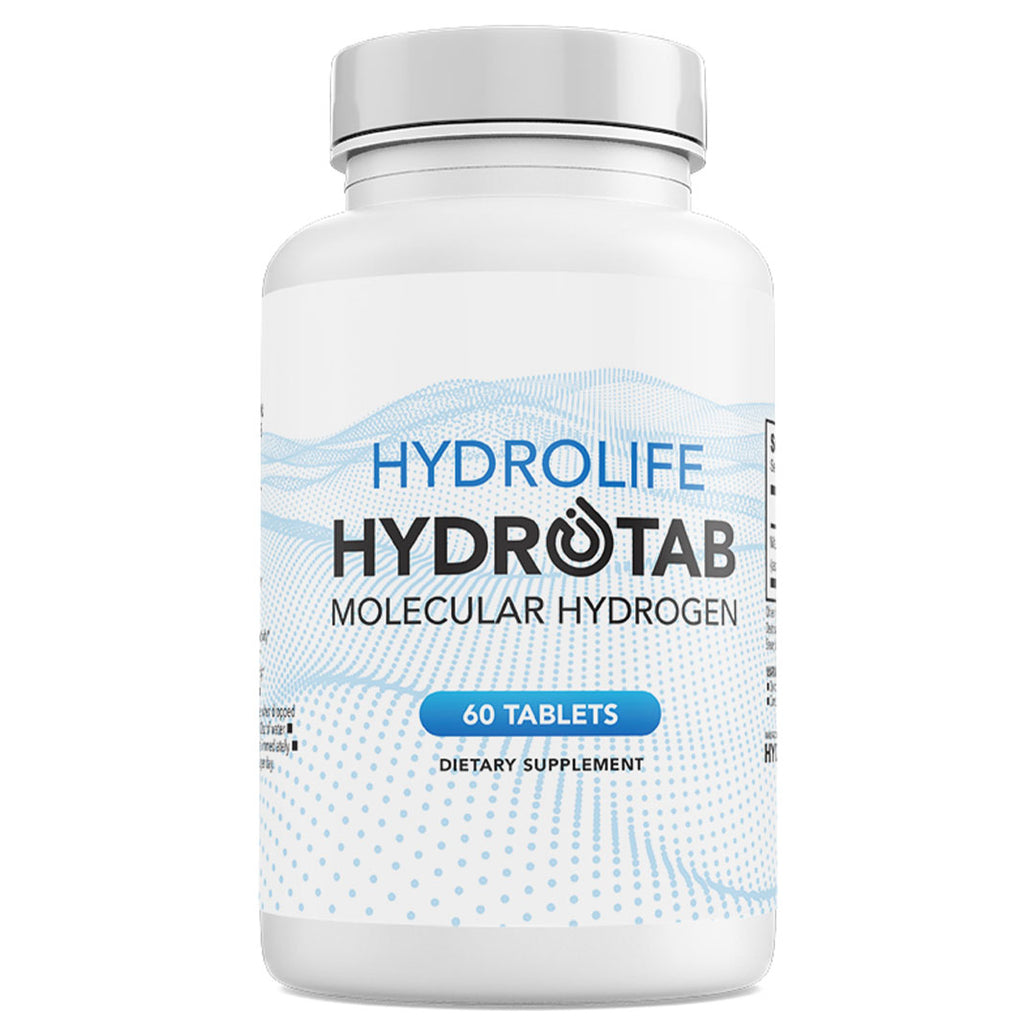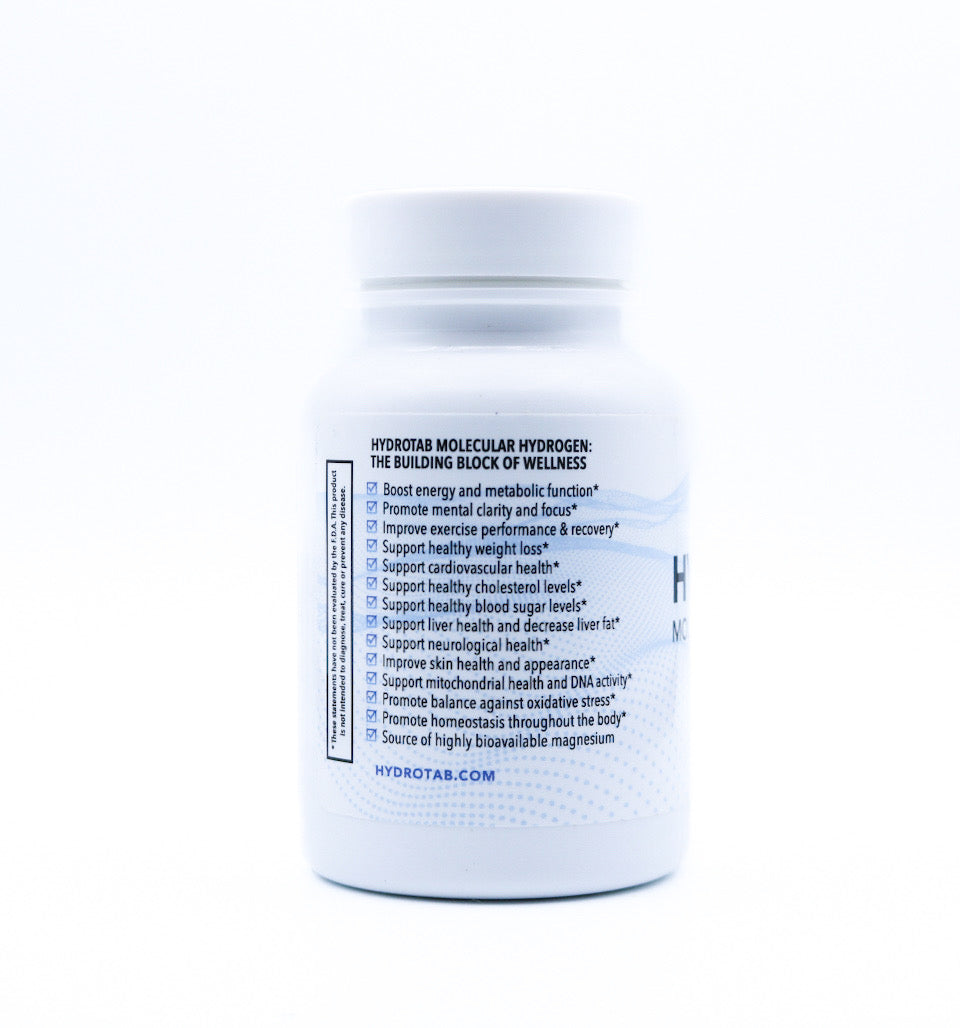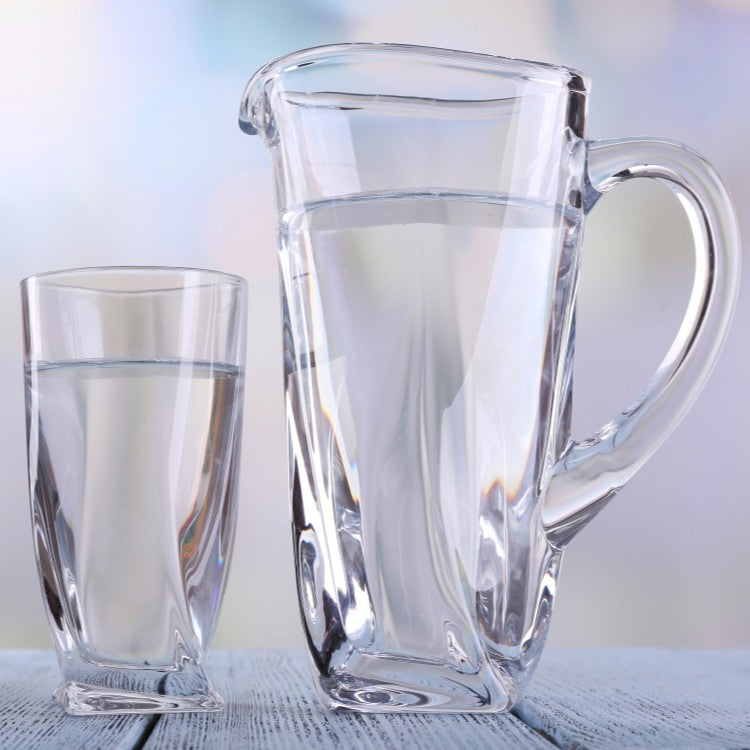In chemistry, pH measures the acidity or alkalinity of a substance. Anything below 7 is acidic, while 7.1 to 14 is alkaline. Very few substances sit exactly at neutral, so in daily life we are almost always consuming either alkaline or acidic water or something that leans one way or the other.
Water is one of the most important of these substances. Since we’re advised to drink at least two litres, around eight glasses, each day, it makes sense to pay attention to the alkalinity in drinking water. The type of water you consume regularly may influence how hydrated you feel and how enjoyable water is to drink.
The Risks of Excessive Acidity
Acid build-up in the body is linked to several conditions. Acid reflux pushes stomach acid into the oesophagus, causing burning discomfort. Gout, another painful condition, is associated with high uric acid. Kidney stones can also form, sometimes requiring surgical removal. Metabolic acidosis, though rarer, can cause rapid breathing, nausea, confusion, and fatigue.
To counter these risks, doctors sometimes suggest an alkaline diet rich in minerals such as calcium and magnesium. These minerals help balance excess acidity and may also support healthy hydration when consumed as part of alkalinity drinking water.
What is Alkaline Water?
Alkaline water is water that has a pH above 7. Ordinary tap water can vary, but with the right filter or treatment, it’s possible to raise the pH and enjoy drinking water with alkaline properties.
Filters designed to alkalize water often work by adding natural minerals back into the water, mimicking how mountain streams flow over rocks and absorb minerals. This process produces high alkalinity water that not only tastes smoother but also carries minerals like magnesium, potassium, and calcium.
Alkaline water around the world
In countries such as Japan, where life expectancy is among the highest globally, alkaline water has been widely used for years. People value it for its refreshing qualities and its role in balancing body pH. While scientific research continues to debate the exact benefits, demand for filters and jugs that create alkalinity in drinking water is steadily growing in the UK.
The Difference Between Alkaline and Ionised Water
The terms “alkaline” and “ionised” are often used together but don’t always mean the same thing.
Alkaline water: Water that has had its pH raised, sometimes through simple additives or electrolysis.
Ionised water: Water treated in a way that adds minerals naturally, similar to how streams and springs become high alkalinity water in nature.
For example, adding baking soda can make water alkaline, but it won’t make it naturally mineral-rich or pleasant to drink. In contrast, modern ionising filters aim to replicate the way water gains alkalinity from rocks and minerals in nature, producing a more balanced and natural-tasting drink.
Finding balance with alkaline water
There’s no single answer for everyone. Some people enjoy the smooth taste of high alkalinity water daily, while others switch between filtered alkaline water and regular tap water depending on how they feel.
By learning how to make water more alkaline, you gain flexibility, whether you want to offset acidity in your diet, experiment with taste, or simply feel reassured that your water contains helpful minerals.
Conclusion
Hydration is one of the most important daily habits, but the quality of what you drink matters too. The alkalinity in drinking water is worth paying attention to, especially if you consume the recommended two litres a day.
Whether you choose drinking water with alkaline properties from a jug filter, experiment with how to make water more alkaline, or stick with your local supply, having options puts control back in your hands.
With easy ways to water alkalize at home, you can choose what feels right for your lifestyle, one glass at a time.
